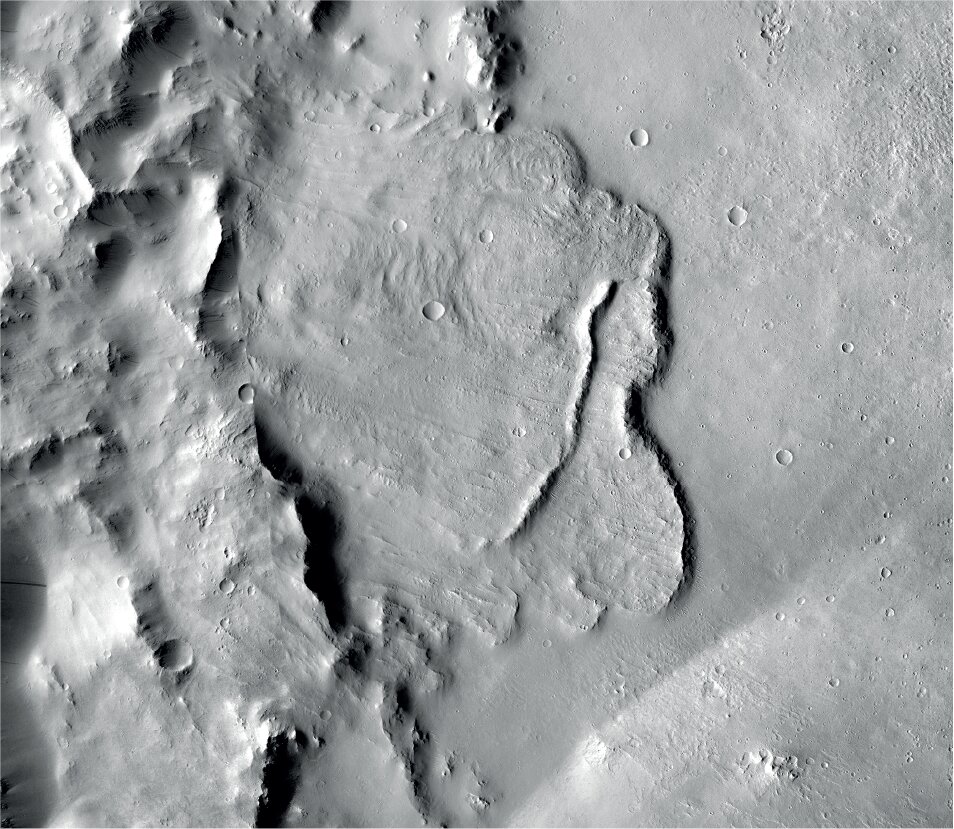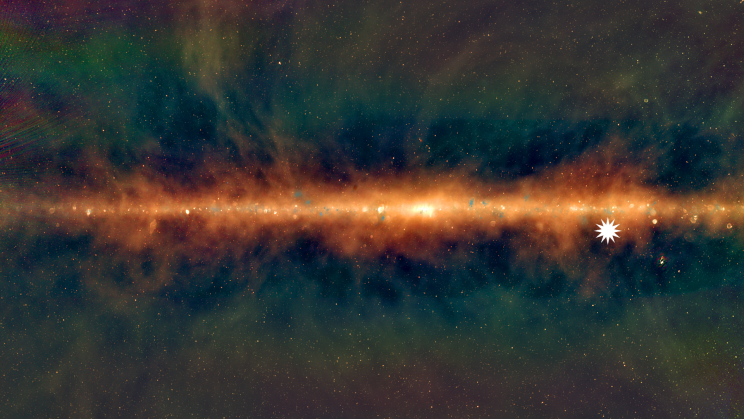In 2018, European Space Agency (ESA)’s Mars Express discovered the most compelling evidence of presence of liquid water on Mars.
Now research by scientists at University of Southern California (USC) suggests that the deep groundwater could still be active on Mars and be the origin of surface streams in some near-equatorial areas of the Mars
Study suggests that the Mars’ intriguing seasonal dark streaks are due to water that may be coming from very deep underground.
These streaks appear on some Martian slopes during warm parts of the year and are known as recurring slope lineae (RSL). Researchers studied the characteristics of RSL and determined that probably groundwater exists in a broader geographical area and aquifers feeding the RSL likely lie as deep as 2,460 feet (750 meters) underground.
Study co-author Essam Heggy, a research scientist at the University of Southern California (USC) and NASA’s Jet Propulsion Laboratory in Pasadena, said, “We suggest that this may not be true,” “We propose an alternative hypothesis that they originate from a deep pressurized groundwater source, which comes to the surface moving upward along ground cracks.”
The study’s lead author, Abotalib explained that the researchers were able to do this claim by studying the deserts on Earth.
“The experience we gained from our research in desert hydrology was the cornerstone in reaching this conclusion,” Abotalib added in the statement. “We have seen the same mechanisms in the North African Sahara and in the Arabian Peninsula and it helped us explore the same mechanism on Mars.”
“Spatial correlation between recurring slope lineae source regions and multi-scale fractures (such as joints and faults) in the southern mid-latitudes and in Valles Marineris suggests that recurring slope lineae preferably emanate from tectonic and impact-related fractures,” the researchers wrote in the study’s abstract. “We suggest that deep groundwater occasionally surfaces on Mars in present-day conditions.”







